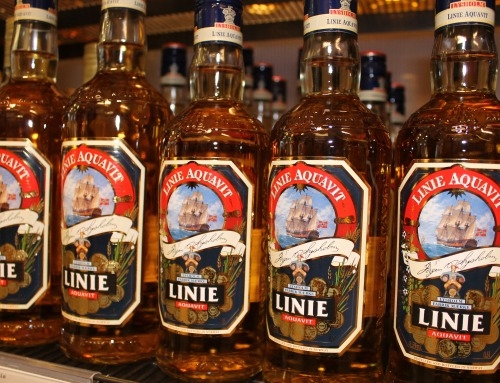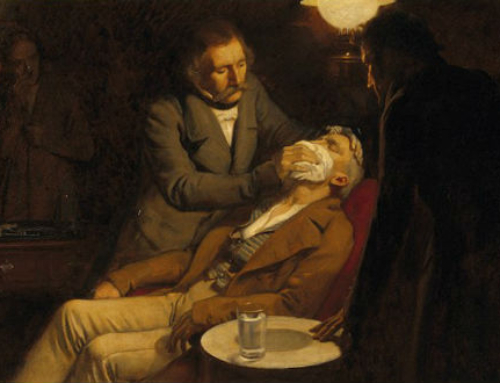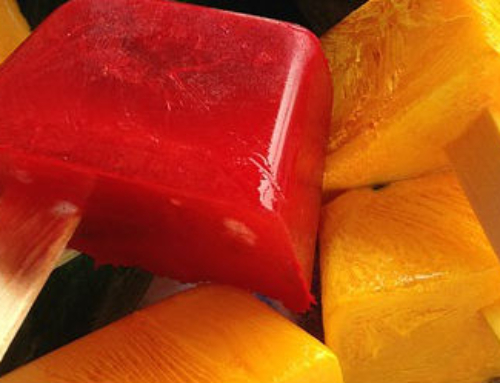Te haapiiraa no te ohipa:
It may seem strange at first glance to find the impressionist painter Vincent van Gogh among the cases at the Institute for Brilliant Failures… It’s true that during his life he did not get recognition for his work – he sold just one painting, died a poor man and it was only after his death that he became famous around the world. But is it justified to speak of a failure? Probably not if you consider that Van Gogh himself, at least to some extent, choose to live a life in poverty: he was a sensitive man, who above all found fulfillment in his art and was not prepared to make concessions. However, his life was characterized by ‘failure’, and in many instances he himself would have wished for another outcome.
Let us consider a number of events in Van Gogh’s life:
1. As a teenager he fell head over heels in love with the daughter of his landlady…
2. Van Gogh’s family was not well off and to ease the financial burden on the family when he reached the age of 16 a job was found for him at art dealer Goupil & Cie in Den Haag where his uncle was manager…
3. Van Gogh seriously considered a career as a magazine illustrator…
4. Van Gogh tried to get a job as a teacher, worked in a bookstore and later decided to become an evangelist at Borinage in Belgium…
5. In his late twenties Van Gogh fell in love with one of his models ‘Sien’…
6. Van Gogh was constantly searching for places where he could feel at home…
7. At the age of 37 Vincent van Gogh decided to commit suicide and chose to shoot himself through the heart…
Te hopearaa:
1. His love for the daughter of his landlady was unanswered – she was already engaged to another man. Van Gogh suffered from a period of depression.
2. Van Gogh’s (lack of) social skills were not appreciated at the art dealers and Van Gogh suffered another period of depression. In May 1875 he was transferred to Paris. His dislike for the art trade – and in particular dealing with customers – grew.
3. Initially he was attracted by the idea of earning money as an illustrator and it took him a long time to let go of this idea.
4. Although his dedication to caring for the sick was valued highly when he started as an evangelist, his lack of communication skills came back to haunt him here too and he was not given a permanent position.
5. His efforts to live together with his model (and prostitute) ‘Sien’ did not work out. In addition she turned out to be pregnant – and bearing the child of another man.
6. Van Gogh lived in various places in the Netherlands, Belgium and France, looking for a place ‘he could call home’ – disillusioned he kept moving on.
7. When attempting to shoot himself through the heart he made the ‘common’ error of thinking that his heart was behind his left nipple. He missed his heart and died on the 29th of July 1896 from internal bleeding.
Te haapiiraa:
Over the course of his life, Vincent van Gogh tried his hand at various professions, had many relationships, and tried to build a life in many different locations. Time after time this resulted in disappointment, conflicts and in Van Gogh moving on to a new location. However, it also resulted in Van Gogh increasingly ‘living’ in the world of his inner feelings, in his passion for his art, and in a large number of incredibly beautiful paintings. He kept searching for a location, people and a ‘life purpose’ that rhymed with his way of being in the world. His ‘failures’, and his moving on, gave him new ideas and inspiration.
Te tahi atu â:
During his short life, Van Gogh was largely misunderstood by those around him and his art went unappreciated. However, shortly after his death – in 1890 – there was already a huge ‘hype’ around his work. As soon as his work caught the eye of the French critic Albert Aurier, poverty and misunderstanding was transformed into riches and praise. For Van Gogh this came too late, but not for his heirs and others. Shortly after he was being called a genius and by 1905 Vincent Van Gogh was already a legend.
The poverty that characterized Van Gogh’s life contrasts sharply with the astronomic amounts that his paintings now command. The highest amount yet paid for a painting is for one of his – the portrait of Dr Gachet at 82.5 million dollars – and Van Gogh has his own museum in Amsterdam.
The very fact that the public appreciation for the work of an artist such as Van Gogh can swing from one end of the spectrum to the other in such a short time shows again how relative and subjective this appreciation is. It emphasizes how important it can be to follow one’s own intuition and to learn from ones mistakes and misfortune.
Nene'ihia e:
Tai Ruysenaars
Sources include: Koninklijke Bibliotheek, Cubra
Te tahi atu MAU MANUÏA ORE MARAMARAMA
Te fare manaha o te mau tauhaa tei manuia ore
Robert McMath - hoê toro'a tapihooraa - e opuahia no te faaî i te hoê vairaa buka faahororaa o te mau tao'a. Te haamataraa te ohipa i te haamataraa i te mau matahiti 1960, ua haamata oia i te hoo mai e i te faaherehere i te hoê hi'oraa no te mau matahiti atoa [...]
Winner Jury award OS 2010 – Vredeseilanden – Te tarahu no te mau taatiraa i Congo
Te haapiiraa no te ohipa: To provide loan capital to cooperatives for purchasing and gathering crops. 1. Vredeseilanden distributed loan capital to be used at the cooperatives’ disposal. Initial loans, Te mau mana'o tauturu no te, were not paid back. [...]
Confusion leads to Mars failure
Te haapiiraa no te ohipa: The Mars Climate Orbiter Spacecraft was due to do research on Mars. Two different teams worked on the project simultaneously from different locations. Te hopearaa: The Mars Climate Orbiter Spacecraft [...]












